Stormwater runoff is the #1 threat to the health of the French Broad River.
From Resource . . .
The French Broad River Watershed includes 4,000 miles of rivers and streams fed by the abundant rain that falls on the region. Near the headwaters of the French Broad River in Brevard, average rainfall totals exceed 70 inches in a year! Before the watershed was developed, rain fell on natural areas where it soaked into the ground, nourishing plant life and replenishing groundwater.

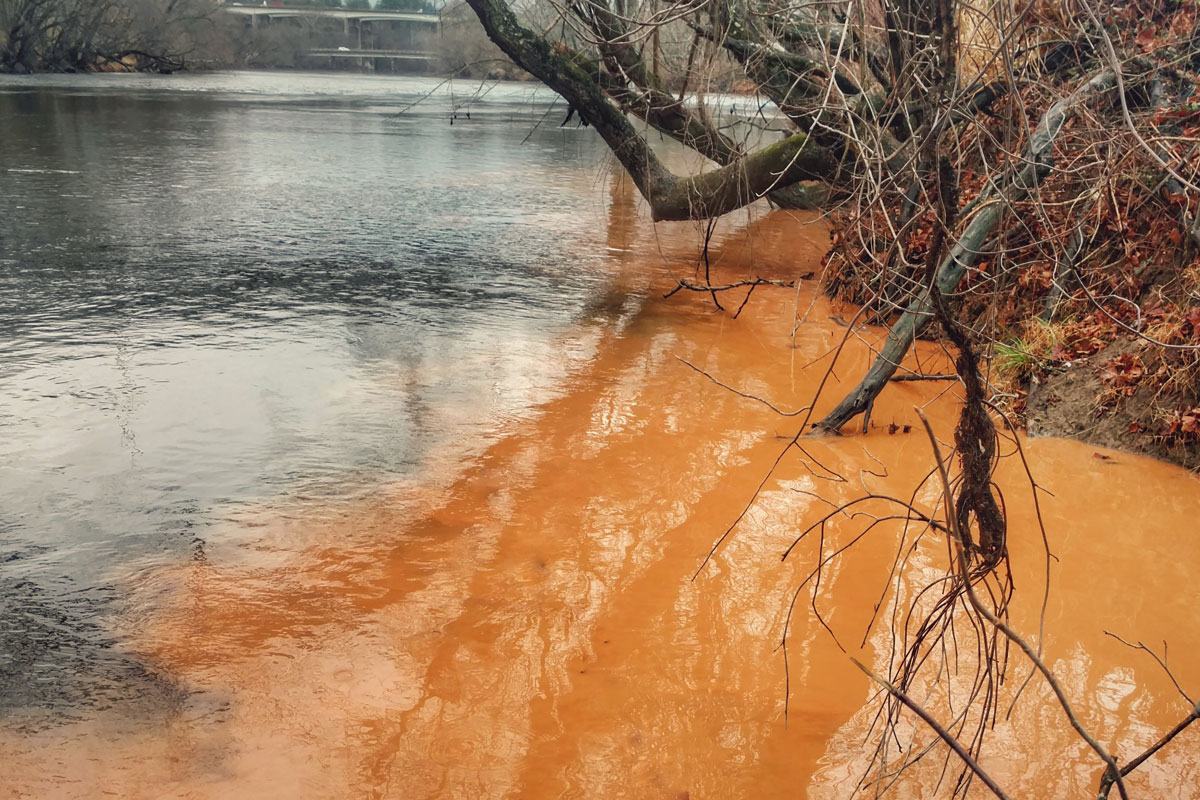
. . . To Runoff
Over the past century, development in the French Broad Watershed has created roads, buildings, and parking lots that have changed the natural landscape. These hard surfaces prevent rainwater from soaking into the ground, transforming an essential natural resource into a source of pollution: stormwater runoff.
What is Stormwater?
In developed areas, rooftops, roads and parking lots are designed to carry a large volume of water as quickly as possible into storm drains or ditches that convey it untreated into the nearest stream and eventually the French Broad River. This runoff during and after rain events is called stormwater.
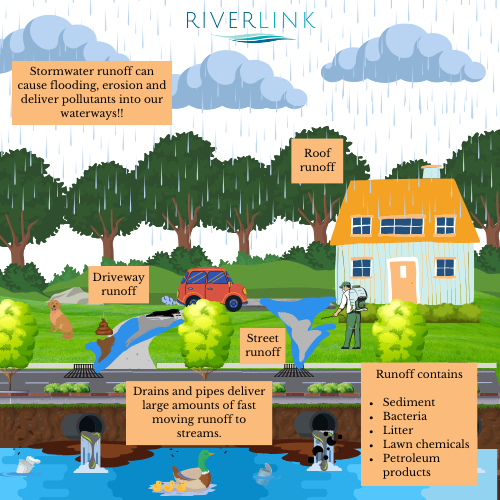
Why Should We Care?
- Flooding: Stormwater runoff contributes to flooding, especially during intense downpours.
- Erosion and Sedimentation: Too much runoff causes soil erosion, resulting in property loss and destruction of aquatic habitats.
- Pollution: When runoff flows over roads and parking lots, it collects pollutants and delivers them to our waterways.
- Common Pollutants: Sediment, nutrients, bacteria, and other substances that harm aquatic life and pose threats to human health.
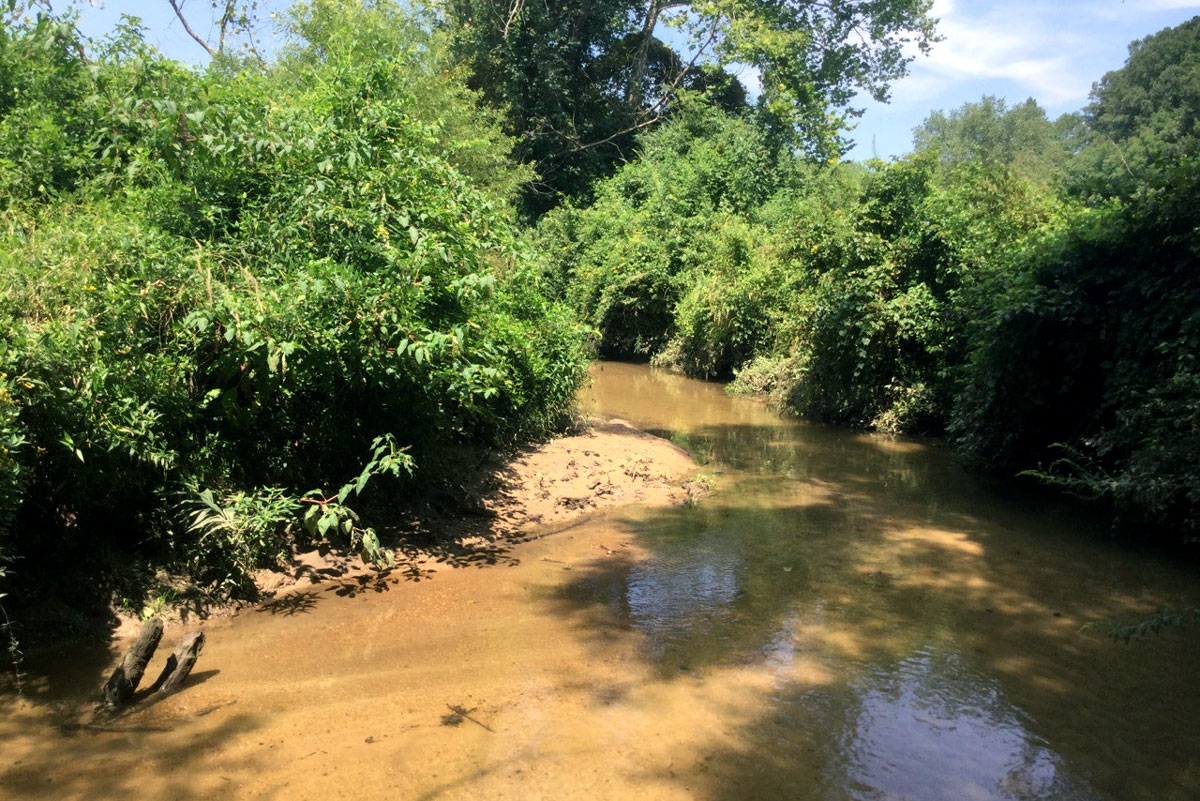
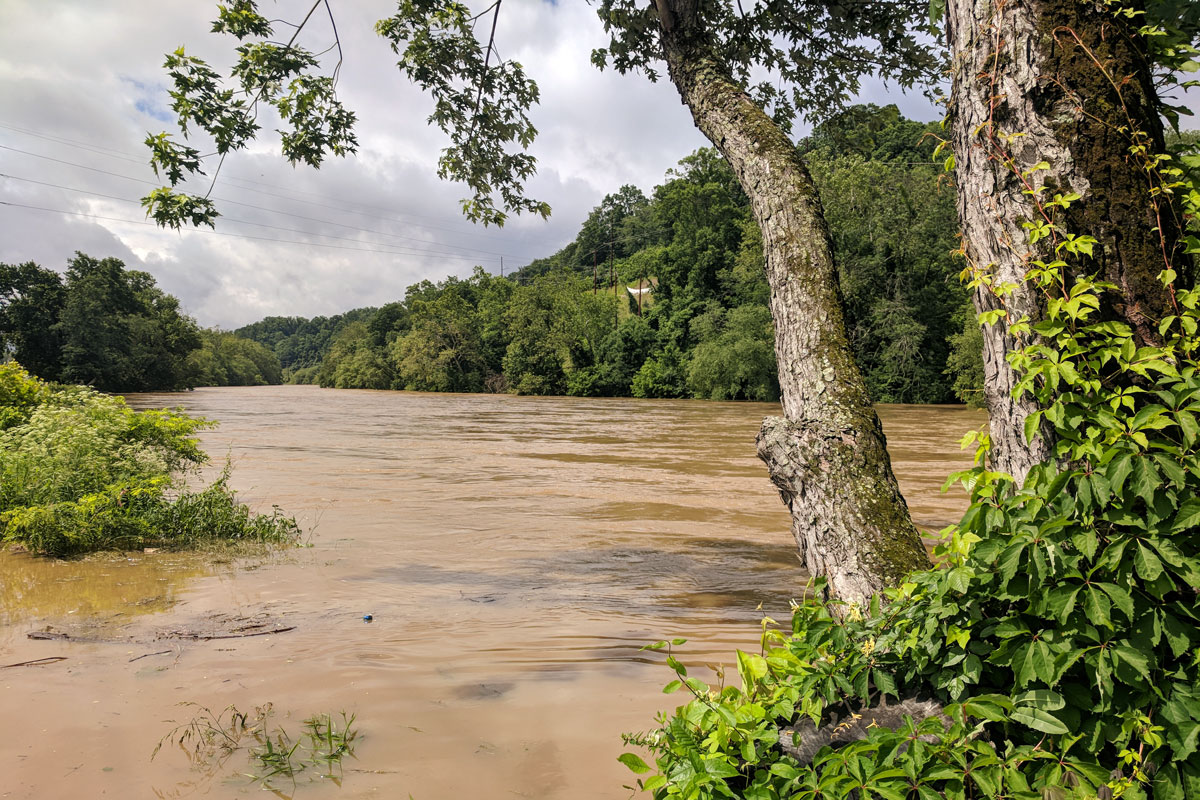
Did You Know?

Buncombe County has over 100,000 roofs*, receiving 45 inches of rain annually and generating a staggering 8.6 billion gallons of roof runoff. That’s equivalent to filling over 13,030 Olympic swimming pools!
*Source: FEMA Geospatial Resource Center
Urbanization Means More Runoff
In developed areas, all hard surfaces act to prevent rain from soaking into the ground. Our storm drains and pipes gather stormwater, increasing the speed and amount of runoff delivered to our waterways. This large amount of fast moving water has devastating effects on streams.
In Buncombe County alone, we anticipate a 20-30% increase in population—or an additional 55,000-83,000 residents—by 2040. More homes, schools, and businesses will be needed to service the growing population. This means more hard surfaces and potentially more runoff unless we do a better job at keeping rain onsite where it can soak into the ground.
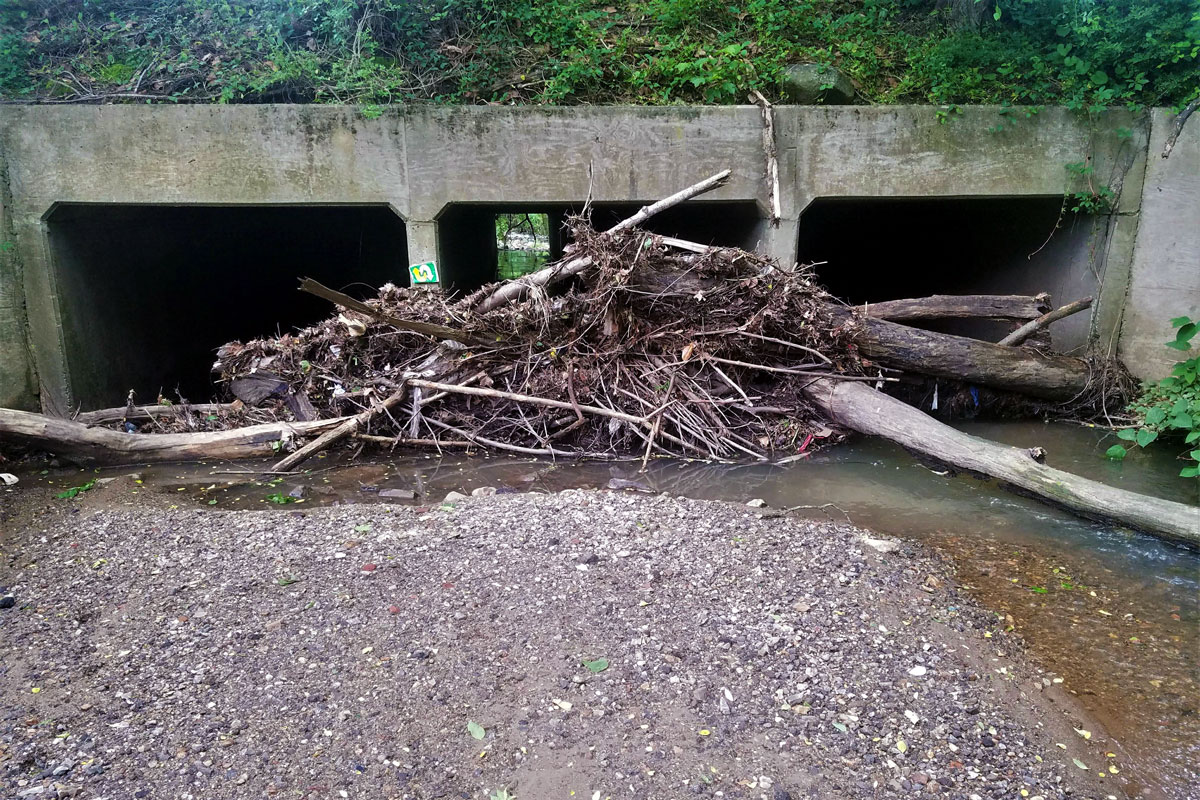
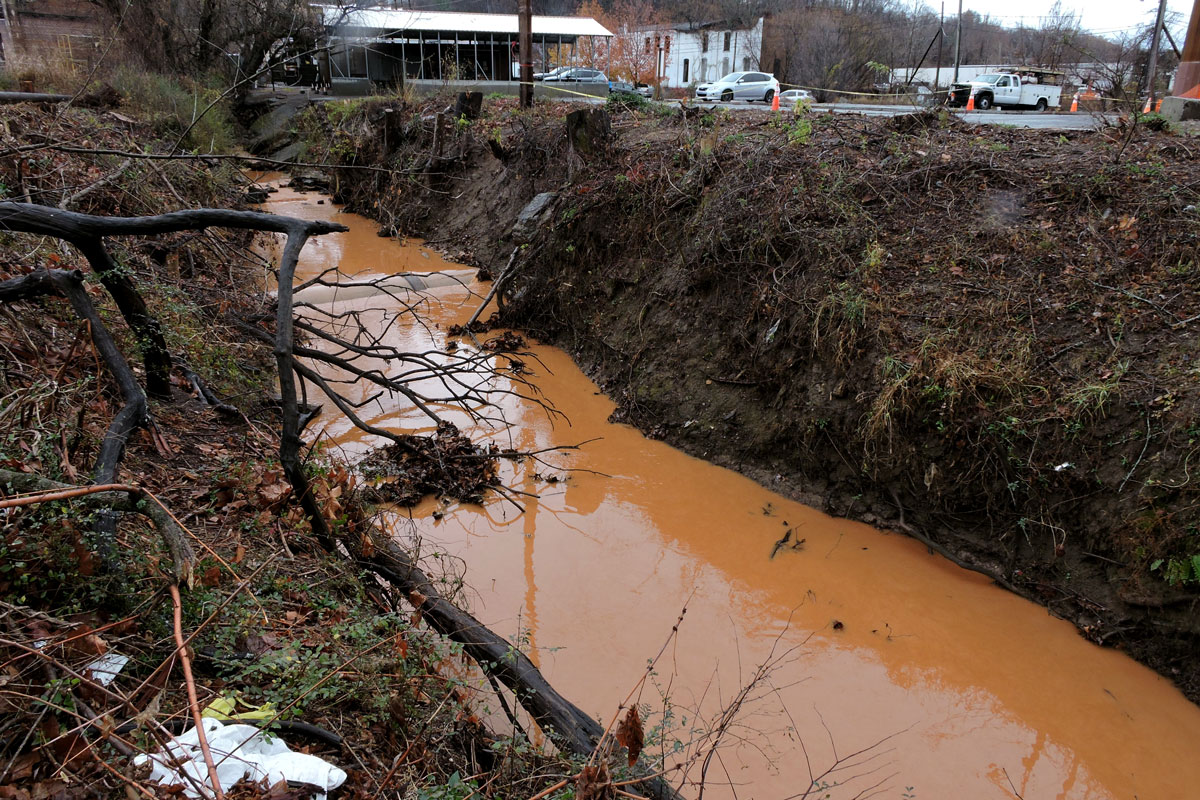
Climate Change Will Increase Runoff
Changes in our regional climate has already begun to cause more intense storms, and that change is projected to increase over time. Without proper runoff management, these intense downpours will lead to increased runoff and localized flooding. Low-income and marginalized communities will suffer the impacts most. Keeping runoff onsite where it can soak into the ground is key to ensuring that our communities are climate resilient.
We Can Manage Stormwater Better
We must reduce runoff by keeping rainwater onsite where it can slow down and soak into the soil. It may be as simple as directing your roof downspout onto the lawn instead of the driveway or street. Rain gardens, trees, green roofs, and permeable paving are examples of green infrastructure practices that can be used to soak up rainwater.
Green infrastructure provides a variety of cost-effective, climate-resilient, and beautiful approaches to managing stormwater, offering many social, economic, public health, and environmental benefits.
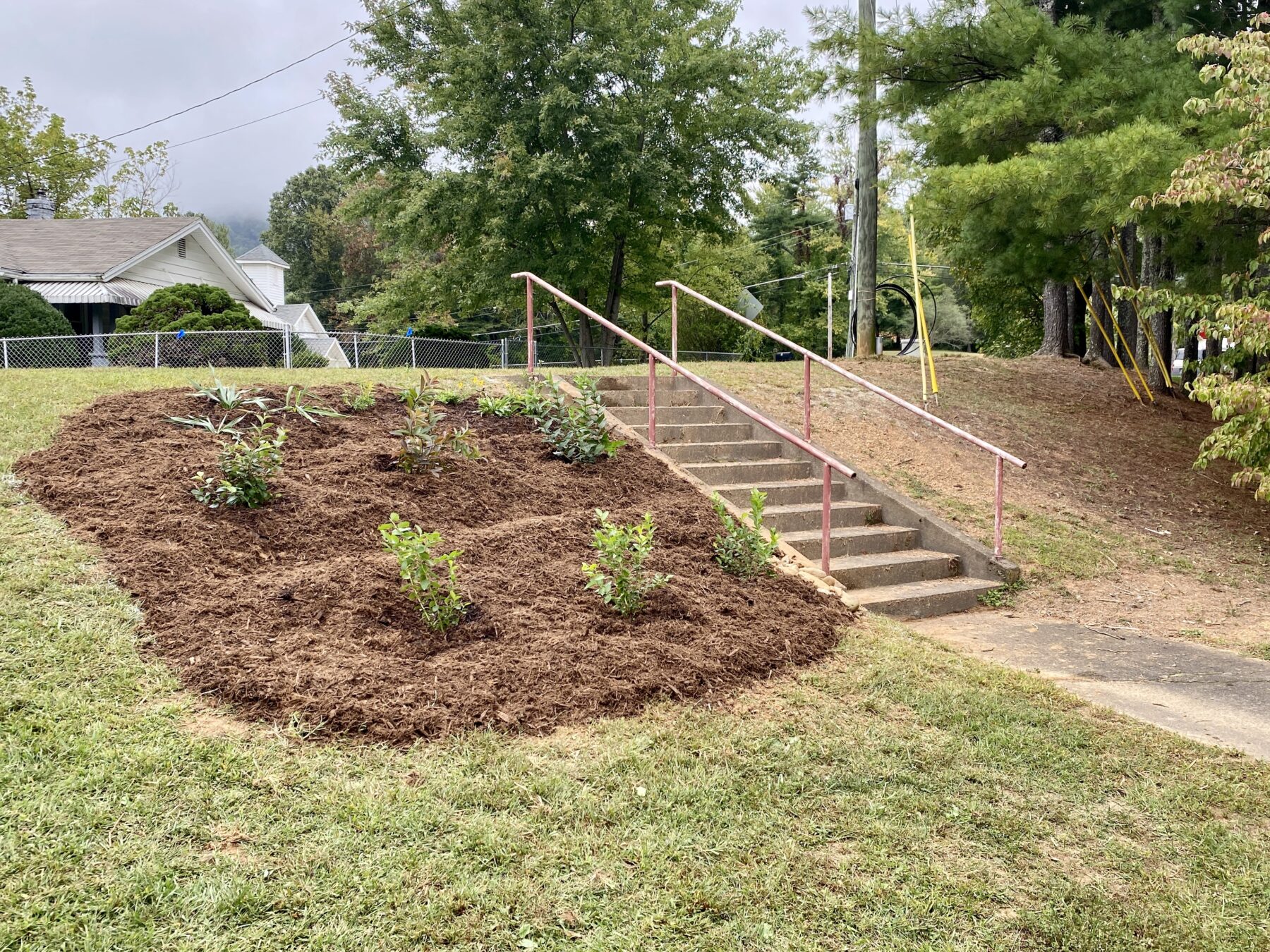
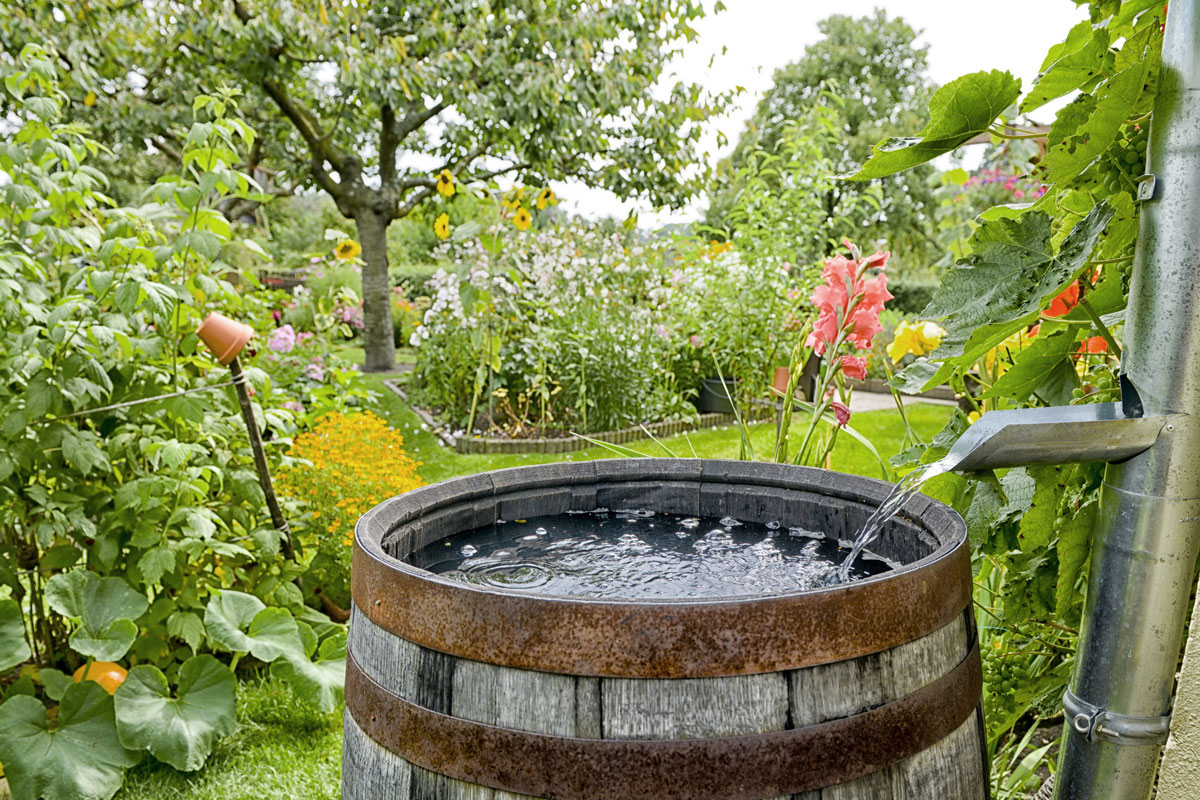
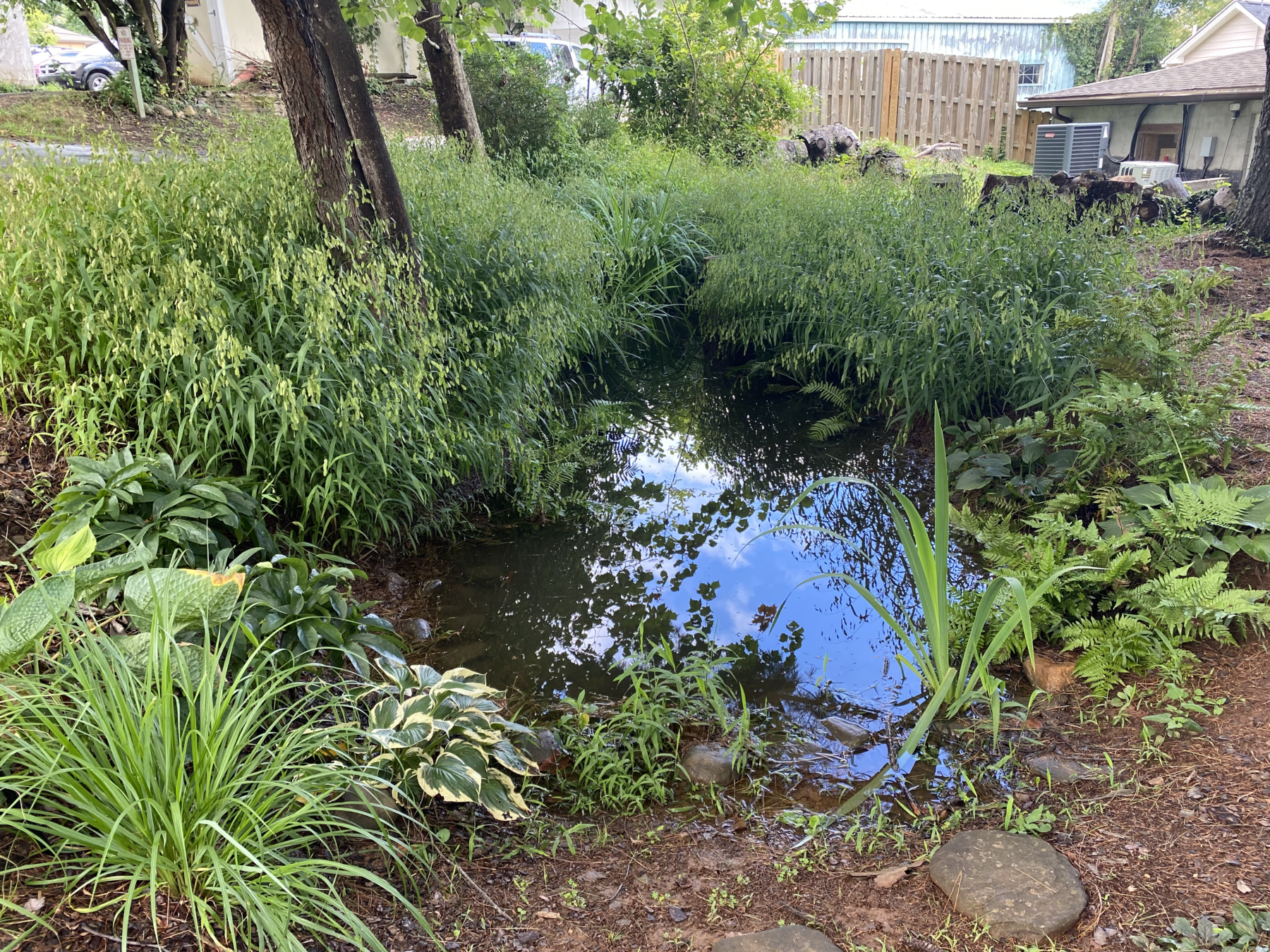
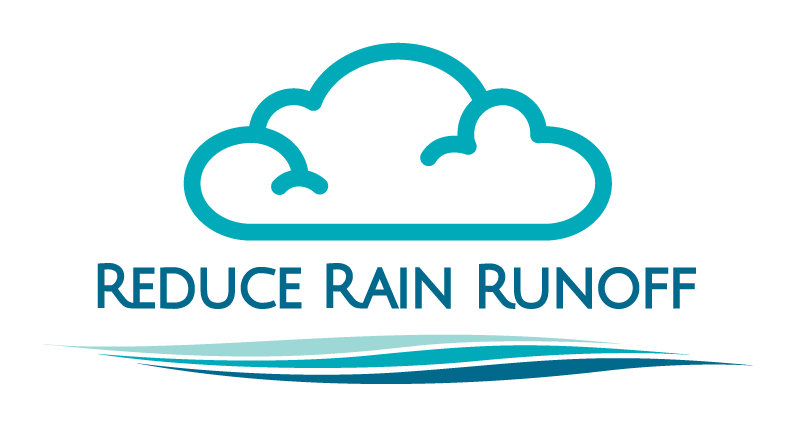
How Can You Help?
Adopting green infrastructure practices at our homes and businesses will help protect water quality, reduce flooding, and safeguard aquatic ecosystems. These include disconnecting downspouts, utilizing rain barrels and rain gardens, and incorporating other permeable surface structures. Together, we can reduce rain runoff, creating healthier and more resilient communities throughout the French Broad River watershed.
Ready to learn more? Please read the monthly series of blog installments and then head over to our Take Action page to learn more about simple ways you can reduce rain runoff at your residence or business.
